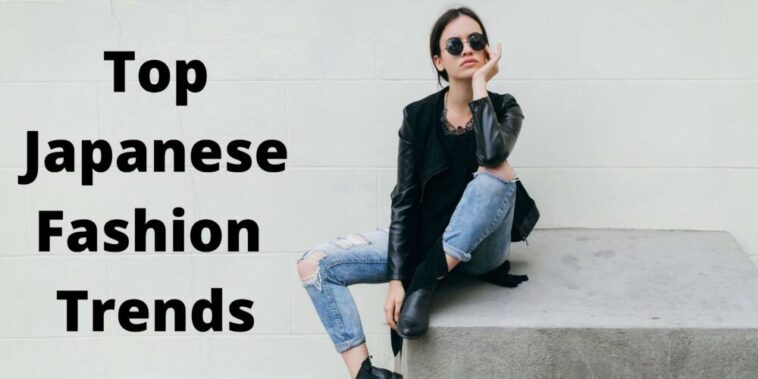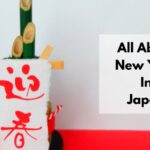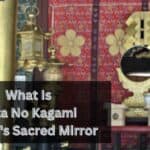Here are the top Japanese fashion styles. Update your wardrobe with these popular Japanese fashion trends rocking in 2024!
Forget the ordinary! Japan’s fashion scene bursts with creativity. From ultra-comfy oversized looks to the whimsical E-girl aesthetic, this guide explores 12 of the hottest trends rocking the streets of Tokyo and beyond. Discover your new favorite style!
Page Contents
Most Popular Japanese Fashion Trends
Lolita Fashion
Lolita Fashion, a perennial favorite, captures the essence of Victorian and Rococo fashion, blending it with a uniquely Japanese twist.
Characterized by its elaborate details, Lolita Fashion places emphasis on lace, frills, ribbons, and pastel colors. The substyles within Lolita Fashion have evolved over the years, offering enthusiasts a wide array of options to express their individuality.
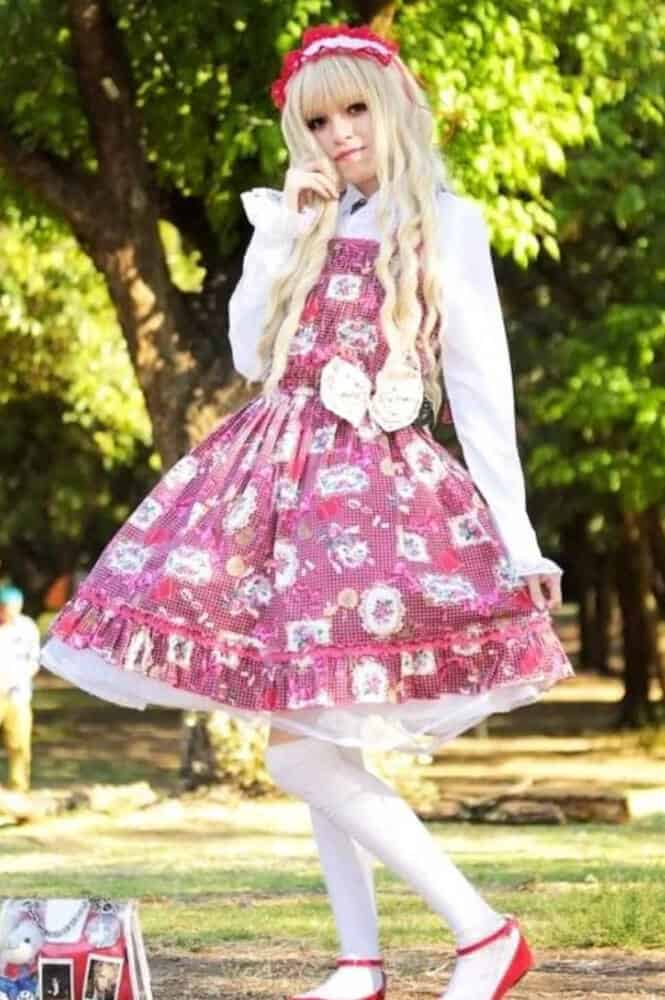

Sweet Lolita, with its pastel hues and cute motifs, contrasts starkly with Gothic Lolita’s dark and mysterious aesthetic.
Classic Lolita, inspired by historical fashion, strikes a balance between elegance and simplicity. The attention to detail and the meticulous craftsmanship associated with Lolita Fashion contribute to its timeless appeal.
A-Line Silhouettes
While oversized tops remain popular, a shift towards A-line silhouettes is emerging. This flatters a wider range of body types and offers a comfortable yet stylish alternative.
Y2K Revival
Remember the early 2000s? They’re back! Platform shoes, chunky sneakers, and a playful mix of textures and colors reminiscent of the Y2K era are gaining traction.
Gyaru Fashion
Gyaru Fashion, a trend born in the 1970s, continues to make waves with its bold and glamorous style. Embracing a sun-kissed appearance, Gyaru enthusiasts often sport heavy makeup, false eyelashes, and short skirts.
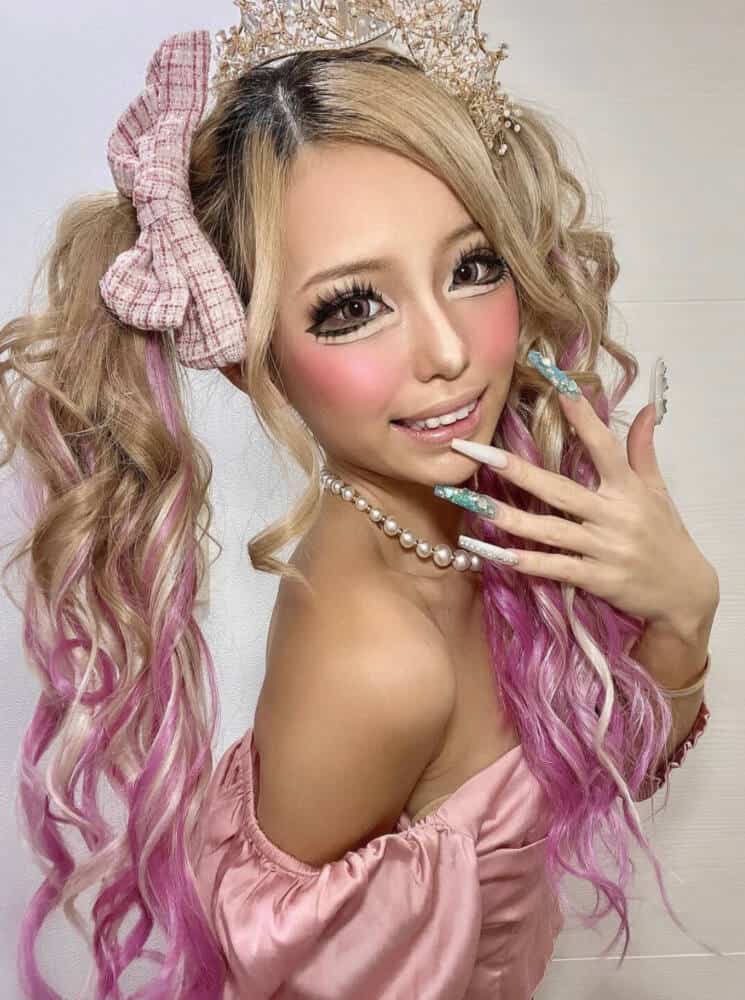
The substyles, such as Manbagi Gyaru, showcase a playful and carefree attitude, while Kogal exudes a schoolgirl-inspired look. Gal Otaku, blending elements of otaku culture with Gyaru fashion, exemplifies the dynamic and ever-evolving nature of Japanese street fashion.
- Related: My Fav Local Japanese Fashion Brands!
Gender-Neutral Fashion
Breaking free from traditional boundaries, gender-neutral clothing allows for more self-expression and individuality. Think fluid silhouettes, unisex cuts, and a wider range of colors beyond the traditional blue for boys and pink for girls.
Pop & Block Color Combinations
Playing with bold contrasts is a hot trend. Think pairing a vibrant colored top with a black or white bottom, or vice versa, for a graphic and eye-catching look.
Kawaii Fashion
Kawaii Fashion, the celebration of all things cute, has become a global phenomenon. Emphasizing bright colors, cartoon characters, and oversized accessories, Kawaii Fashion encapsulates the essence of childlike innocence.
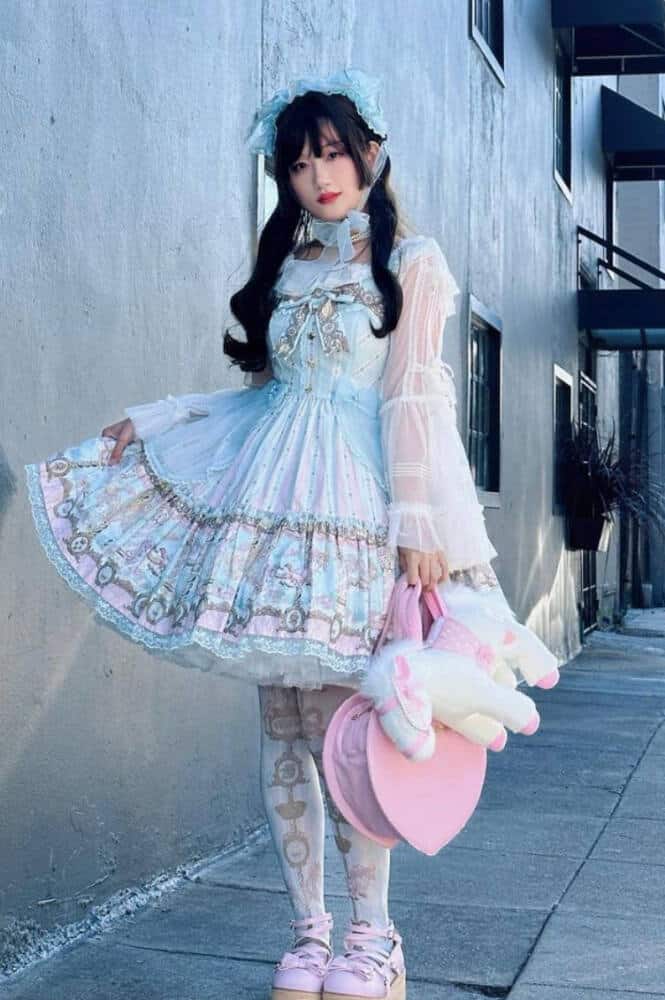
The substyles within Kawaii Fashion, such as Decora Kei with its abundance of accessories, Fairy Kei with its pastel palette, and Yumekawa Kei with dreamy aesthetics, allow individuals to embrace their playful side while making a bold fashion statement.
Mori Kei Fashion

Mori Kei Fashion, inspired by nature and Japanese folklore, offers a serene and harmonious aesthetic. Featuring loose-fitting silhouettes, natural fabrics, and earthy tones, Mori Kei brings the outdoors into fashion.
The substyles, including Forest Mori Kei, with its woodland-inspired motifs, Sweet Mori Kei, incorporating sweeter elements, and Dark Mori Kei, embracing a darker palette, showcase the versatility of this nature-inspired trend.
Cosplay Fashion
Cosplay Fashion, the art of dressing up as fictional characters, has transcended niche fandoms to become a global phenomenon. Enthusiasts invest time and effort into creating highly detailed and elaborate costumes, often handcrafting every detail.
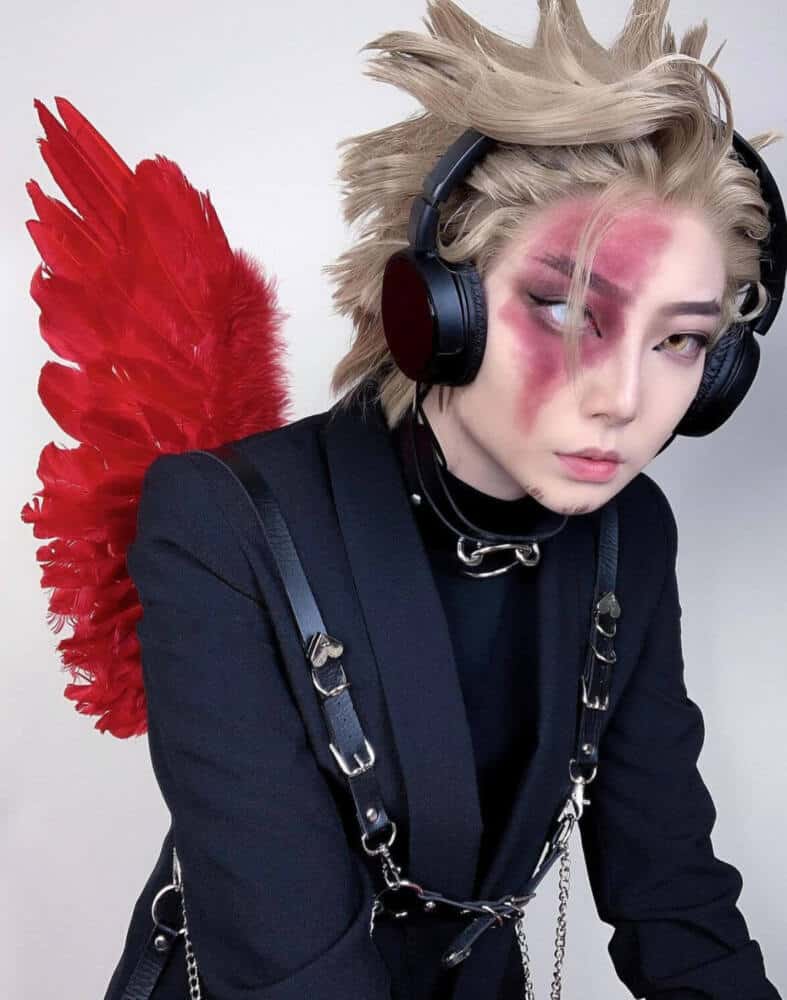
Substyles within Cosplay Fashion, including Anime Cosplay, Game Cosplay, and Tokusatsu Cosplay, allow individuals to immerse themselves in the worlds of their favorite characters, creating a vibrant and diverse community.
Wafuku Fashion
Wafuku Fashion, embracing traditional Japanese clothing styles, continues to hold a special place in the hearts of fashion enthusiasts.
Japanese kimono, yukata, and hakama, often worn for special occasions or festivals, showcase the timeless elegance of Japanese cultural heritage.
The substyles within Wafuku Fashion, such as Furisode for formal occasions, Kimono for everyday wear, and Yukata for summer festivals, emphasize the rich history and symbolism embedded in traditional Japanese attire.
Streetwear Fashion
Streetwear Fashion, influenced by American and European styles, brings a casual and relaxed vibe to the Japanese fashion scene.
Oversized hoodies, sneakers, and graphic tees dominate this trend, with substyles like Techwear, Goth Grunge, and E-Girl adding contemporary elements to the streetwear aesthetic.
The fusion of international influences with Japanese creativity results in a style that resonates with a global audience.
Angura Kei Fashion
Angura Kei Fashion, known for its experimental and avant-garde styles, challenges conventional fashion norms.
Enthusiasts embrace unconventional clothing combinations, bold colors, and DIY accessories, creating a visual feast for onlookers.
Substyles within Angura Kei, including Cyber Goth, Cyberpunk, and Steampunk, exemplify the fearless and boundary-pushing nature of this trend, pushing the limits of self-expression.
Cult Party Kei Fashion
Cult Party Kei Fashion, inspired by rave culture and psychedelic art, injects energy and playfulness into the fashion scene.
Neon outfits, glow sticks, and platform sneakers define this trend, creating a vibrant and dynamic visual experience.
Substyles such as Harajuku Kei, Dolly Kei, and Fairy Kei showcase the diversity within Cult Party Kei Fashion, allowing enthusiasts to express their individuality through color, texture, and accessories.
Oshare Kei Fashion
Oshare Kei Fashion, with its minimalist and androgynous aesthetic, places emphasis on clean lines and simple silhouettes.
Often featuring black and white clothing, oversized blazers, and flat shoes, this trend exudes a sense of sophistication and urban chic.
Substyles like Japanese Minimalism, Scandinavian Minimalism, and Urban Minimalism offer a contemporary twist to traditional minimalist fashion, showcasing a fusion of global influences.
Onii-Kei Fashion
Onii-Kei Fashion, the male counterpart to Lolita fashion, embraces a youthful and androgynous aesthetic. Oversized sweaters, peter pan collars, and high-waisted pants define this trend, offering a unique take on masculinity.
Substyles including Bishounen Kei, Lolita Boy Style, and Prince Kei showcase the diverse expressions within Onii-Kei, challenging traditional gender norms and encouraging self-expression.
Conclusion
From the childlike allure of Lolita fashion to the experimental boldness of Angura Kei, each trend contributes to the rich tapestry of Japanese fashion.
The global influence of Japanese street fashion is undeniable, inspiring fashion enthusiasts around the world to explore and experiment with these unique styles.
As we look to the future, let’s embrace the spirit of creativity and expression that Japanese fashion embodies, encouraging everyone to step outside their fashion comfort zones and discover the beauty of diversity in style. Here’s to another year of exploration and celebration
Also Read


